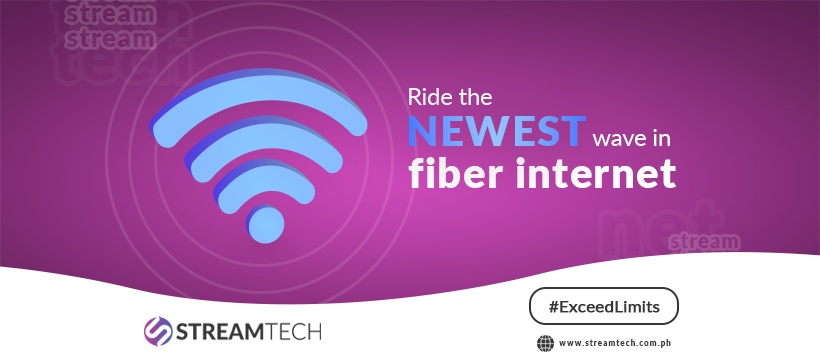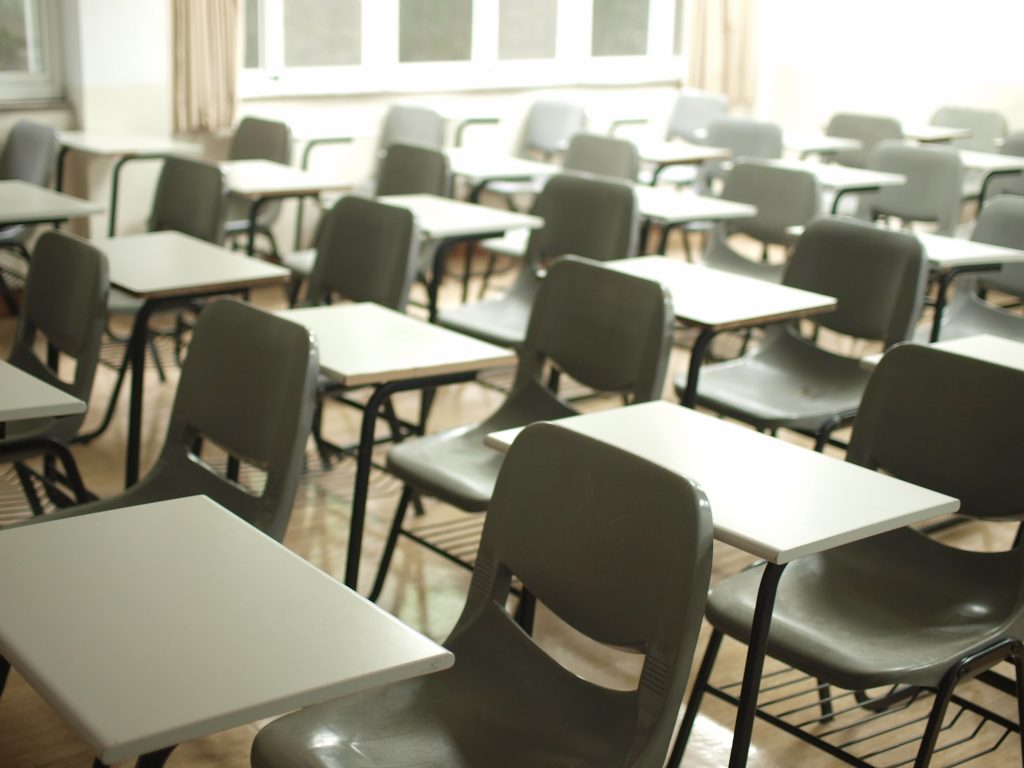Finally, the school year 2020-21 has come to an end. All the hard work put in by educators, students, and parents has paid off. They can now take a well-deserved break. After all the commotion surrounding the new educational system, teachers and students made it through.
The previous school year began late due to the pandemic. While the Department of Education was adamant about pushing education amid health protocols, some people, particularly parents, expressed doubts and concerns about its effectiveness. Not to mention, the lack of preparation time and insufficiency of learning materials. Travel restrictions made it even more difficult.
The Philippines is a large country, and transporting educators and materials from one location to another requires extensive logistics. This is especially true for public schools in outlying areas. It is a daunting task to distribute learning materials to all students in time for the start of the school year.
The transition from face-to-face classes to distance learning, particularly preschool and primary, is the most difficult. Children’s attention spans are short. And there may be many distractions in our homes, such as television, games, environment and so on. In this case, parents play a vital role in ensuring that their children will thrive in the new setting. They should also look for resources to compensate the lack of materials. Otherwise, it may impede their children’s learning process.
DISTANCE LEARNING VS. ONLINE LEARNING
Distance education and online (also called e-learning) are terms that are frequently used interchangeably. While both platforms help students get more of learning, they are still distinct from each other.
Distance learning is a conventional self-study course. Teachers can send the learning resources to students online or via mail. Students, on the other hand, are required to complete the learning tasks according to the schedule. Students and teachers can use the internet to receive and submit assignments. However, they do not interact with one another via online lectures or online forums to discuss the learning materials.
Conversely, online learning relies heavily on the internet as a tool for education. Students and teachers are also distant, but they can communicate through virtual classes and online assessments. Classes are also scheduled, which the students are required to attend. This set-up allows students to discuss the lesson and ask questions from their teachers in real-time. They can also interact with their classmates through these online platforms.
Having unlimited internet access is beneficial in both learning programs. A week or slow internet connection may cause slowdowns or breakdowns, which can obstruct learning.
THE PERKS OF ONLINE LEARNING
Although it started slow (primarily due to lack of awareness), most students in the Philippines have become comfortable with online learning. It is a positive development because it encourages not only innovation but also greater access to education. Aside from that, this teaching modality has advantages, too.
CONVENIENCE
Distance learning makes education available to people who would not usually attend a regular school. It often caters to those who would like to earn a degree but can’t participate in classes due to busy work schedule. It’s a good option for learners with physical disabilities or people who cannot afford to go to a school due to financial limitations.
FLEXIBILITY
Anyone can learn at any place at a time most convenient to them. It is also self-paced, which makes it a better option. Students can customize their timetables to suit their needs and requirements. They can spend time to enjoy activities outside of studies like sports or going out with friends.
COST-EFFECTIVE
Since you don’t have to commute, you can save time and money on transportation. Similarly, the abundance of online resources such as webinars, online lectures, Wikipedia, and more can save you from purchasing textbooks. Thanks to Google, any information you’ll need can be accessed through the web.
Knowing the advantages of these platforms, we may assume that distance and online learning are the most beneficial to our educational system. However, there are some drawbacks to it as well.
THE DOWNSIDE OF ONLINE LEARNING
MINIMAL ENGAGEMENT
Given the distance, there is very little to no interplay between students and teachers. It may be challenging to study on your own unless you are highly motivated or have a super enthusiastic support system.
LIMITED SUPPORT
This teaching modality places a high value on the student’s ability to study independently. While parents can provide support, they cannot accurately gauge their children’s cognitive development.
ACCESSIBILITY
Computers and the internet are not available to all. If you live in an area with weak or no internet access, course materials may be hard to come by.
MOTIVATION
One must have the willingness to learn. Self-motivation is required, or you may struggle to complete your assessments and study materials. Since no one will watch you as close as you are in school, it’ll be easy to get distracted.
PH’S DISTANCE LEARNING METHODS
The Department of Education offered various distance learning modalities to enhance the concept of distance education. They also assured that “no student will be left behind.”
In addition to self-learning modules, DepEd used television to reach out to students in remote areas and the marginalized sector. Celebrity broadcasters such as Paolo Bediones helped train selected teachers for television broadcasts. Besides that, they distributed learning kits containing mobile phones and internet incentives to bridge the gap with the help of local government units.
Nonetheless, many educators still expressed skepticism about the efficacy of distance learning. Furthermore, the errors discovered on the learning modules exacerbated parents’ concerns about the quality of education
THE CLAMOR FOR TRADITIONAL CLASSROOM SETTING
Aside from module quizzes, most teachers believe that students need more performance-based activities. These tasks intend to help students acquire and apply knowledge, practice skills, and develop independent and collaborative work habits. In order to instill these qualities, students are given meaningful and challenging projects or events that culminate in an activity or product. These activities will demonstrate their level of comprehension through skills transfer. These abilities are required to improve competence and prepare them for their future careers.
Most importantly, social interaction is essential to mental health. It helps develop creativity and language skills, which are critical for boosting confidence and being comfortable with other people.
While the government is now acting with urgency, it is still insufficient and slow in responding to learning crises, particularly in rural areas. Even so, some courses in higher education, such as culinary, aviation, and medical studies, require manual or hands-on experience. While these schools strive to improve their teaching methods, students cannot learn the techniques solely by watching videos or attending virtual lectures.
Consequently, some sectors urge the government to reintroduce face-to-face classes or declare an academic freeze to address the problem due to the reasons stated above. They fear an impending learning crisis. It’s even made worse by reports that nearly three million students dropped out of college last year because they couldn’t keep up with online classes.
OPENING OF CLASSES 2021
The COVID situation still has no end in sight. As the number of reported cases rises, the Philippines is dealing with one of the worst COVID-19 outbreaks in Southeast Asia. Though immunizations have begun, it may take some time before the vast majority of the population develops immunity, and the government doesn’t want to jeopardize the health and safety of educators and students.
School season usually begins on the first week of June. However, during a state of emergency or crisis like the pandemic, the President may set a different date upon the recommendation of the Education Secretary. For this year, consultations and policy reviews with relevant parties are still ongoing. But the proposed start date for the SY 2021-2022 is August 23. The official guidelines will be issued as soon as the discussions are over.
KEY TAKEAWAY
Despite skepticism and reservations, distance or e-learning will remain a component of our educational system. Besides, it isn’t a new concept. It’s been around for a while. Homeschooling is probably something you’ve heard of. That is an example of distance learning, which has been used for many years. It may be unpopular because it necessitates the presence and commitment of parents in guiding their children through their educational journey. But the fact remains that distance learning has been with us for a long time. The benefits of distance learning were only recognized during the pandemic. As a result, the country will likely pursue more flexible learning methods in the coming school year and thereafter.
The effectiveness of any teaching method is determined by the students, parents, teachers, and environment. First of all, the student must be eager to learn, and parents must be supportive. Even if the learning modules are appealing, not all students will thrive. Other factors, such as family values, must be considered. True, there is a gap between traditional and online learning, but this cannot be bridged by our limiting beliefs. We must embrace change. Well, of course, the government should invest more in research to find ways to supplement this.
FIBER INTERNET IN THE PHILIPPINES NEEDED FOR ONLINE LEARNING
With the rise of online education, it became apparent that internet speed plays a crucial role in enabling learners and educators alike to cope with the new online platform. To address this, Streamtech offers affordable home fiber plans to support online learning. Apart from it, they have a product called DigiClass. It’s specifically designed to address the needs of students who attend online classes. Subscribers can avail of a laptop or phone as an add-on product on top of their internet package.

Streamtech, being one of the fastest fiber internet service provider in the Philippines, makes it easy for users to upload and send documents, videos, presentations, and more to schools, universities, and offices.
Extend the Fiber Internet Connection Everywhere in Your Home
To adjust to the new normal, you’ve most likely converted certain areas of your home into offices or classrooms. In doing so, you will discover that some of these locations have a poor or non-existent internet connection. No worries! Streamtech has a solution to that problem via Extendifi. It’s a wifi mesh designed to improve internet connection to every corner of the house by extending the reach of the wifi signal.
Extendifi also has unique features that you’ll enjoy:
- Robust Parental Control – Manage content and control when each device can access the internet.
- Assisted Setup – The Deco App helps you quickly find the ideal spot to place each unit.
- Three years Built-In Antivirus – Protect all connected devices in your home from viruses and malware.
- Quality of Service – Prioritize devices and applications for faster performance when needed.
- Reporting – Review the monthly list of usage, blocked content, and security threats.
- Security – Safeguard your home network with a firewall and wireless encryption.
With good infrastructure and connectivity, the country foresees another year of growth. Telecommunications provider Streamtech is also helping in this regard by providing unlimited fiber internet services that are faster than ever.
GET YOUR AFFORDABLE HOME FIBER PLAN WITH STREAMTECH
Streamtech is known for its fiber-to-the-home connection that boasts of fast-speed internet. It is committed to providing fast internet to subscribers in the major cities and provinces. Hence, in powering up the same, it has provided fiber internet in Bacoor and fiber internet in Batangas. Residents in these locations enjoy unlimited internet access, which helped them cope with the demands of distance learning and virtual freelancing.
What’s even more incredible is that their internet packages are reasonably priced. All that you could ask for in an internet provider is here. DepEd reiterated that connectivity is essential for the new learning system to function. There is no better time to start planning for the next school year than NOW!
Check out their products, services, and latest promos. Explore more by logging on to their website or their social media pages. Better yet, watch their videos on YouTube. Feel free to send your inquiries via chat or call up their hotline at (02) 8808-2323 or 0919-057-8888.











